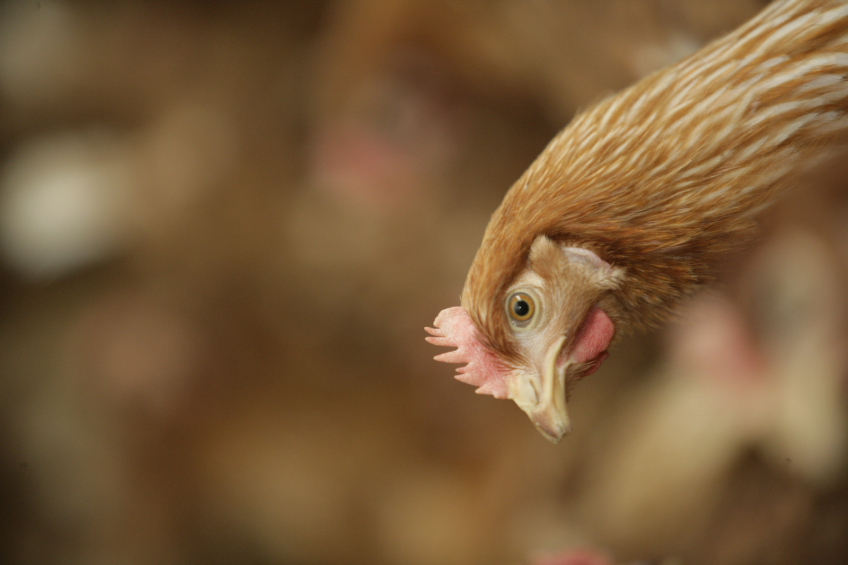FDA recognises Canthaxanthin as safe for chicken breeders

Canthaxanthin has been generally recognised as safe (GRAS) by the FDA as a nutritive antioxidant to support the development of chicken embryos at levels of 6 ppm of complete feed.
The GRAS notification was pursued in the context of DSM’s MaxiChick project, a product combination for increasing productivity in poultry production. It consists of a combination of Hy-D (the active form of vitamin D3) and Carophyll Red 10% (canthaxanthin), which helps improve the number and quality of chicks produced. Claims are supported by solid scientific data from numerous experimental and customer trials in several countries.
Pigmentation of table eggs and skin in chickens
Fernando Cisneros, Global Carotenoid Manager DSM Nutritional Products, comments, “We are pleased that the FDA has accepted our conclusion that canthaxanthin is GRAS as a nutritive antioxidant for poultry breeders. DSM’s Carophyll Red, mainly used for pigmentation of table eggs and skin in chickens, is the first carotenoid product thoroughly evaluated as a nutritive antioxidant for poultry breeders, and is patent protected.” He adds: “Carophyll Red is recognised as an effective antioxidant and performance enhancer for poultry breeders by different authorities including the European Food Safety Authority (EFSA) and its benefits will help further support our customers worldwide.”
DSM followed FDA-proposed procedures to establish that its canthaxanthin is GRAS under the intended conditions of use. This process included convening an expert panel to review the necessary product safety data and then submitting a voluntary notification to the FDA.
Consumer exposure
The safety of canthaxanthin for humans has been reviewed by numerous authorities such as the Joint FAO/WHO Expert Committee on Food Additives (JECFA), Scientific Committee on Food (SCF), FDA and EFSA. The proposed dose in feed does not increase consumer exposure beyond the established ADI (Acceptable Daily Intake), which is set at 150 mg/p/d in the US. DSM´s canthaxanthin (CAROPHYLL® red 10%) meets the specifications stated in 21 CFR 73.75 (Code of Federal Relations Title 21) and is safe for both animals and humans, when used at the intended rate.












